Did you know that millions of people worldwide experience issues when consuming beer? From mild discomfort to serious health concerns, beer problems affect many individuals globally. Whether it’s digestive issues, allergic reactions, or even more severe complications, understanding these challenges is crucial for anyone who enjoys brewing or imbibing beer. In this article, we’ll explore the common problems associated with beer, the symptoms of beer intolerance, and the broader implications of beer consumption. We’ll also delve into the health considerations and provide valuable insights to help you make informed decisions about your beer intake. By examining the science behind beer’s effects and offering practical solutions, this guide aims to address the complexities of beer problems and empower you to enjoy beer responsibly.
Key Takeaways
- Beer’s Immediate Effects: Drinking beer can lead to dehydration, mild intoxication, and hangovers, especially if consumed quickly or on an empty stomach.
- Long-Term Health Risks: Prolonged beer consumption increases the risk of liver disease, heart issues, and certain cancers, such as breast and colon cancer.
- Calories in Beer: A standard beer contains around 150 calories, contributing to potential weight gain with excessive consumption.
- Alcohol Dependence Risk: Chronic beer consumption can lead to addiction, impacting mental health and daily functioning.
- 6 Beers Daily: Regularly consuming six beers can strain the liver, raising enzyme levels, promoting fat buildup, causing inflammation, and leading to fibrosis and cirrhosis.
- Risk Factors: Individual tolerance, diet, and pre-existing health conditions can amplify the risk of liver damage from excessive beer consumption.
- Preventive Actions: Limiting alcohol intake, maintaining a balanced diet, and choosing non-alcoholic beverages during abstinence periods can protect liver health.
- 3 Beers Daily: While not immediately classified as alcoholism, regular consumption can still pose health risks and should be evaluated against personal goals and lifestyle.
- Alcoholism Factors: The context of drinking (for stress, celebration) and genetic predisposition play crucial roles in determining alcoholism risk.
- Steps to Take: Set drinking limits, stay hydrated, reflect on drinking motives, and seek professional support if concerned about alcohol consumption.
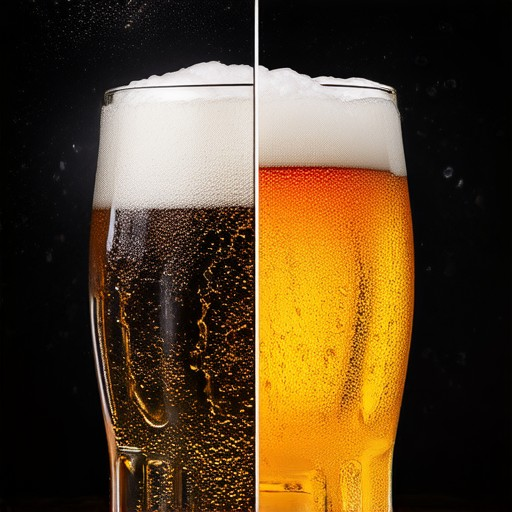
Four Most Common Problems with Beer
Here are the four most common issues that can occur with beer, along with practical solutions to address them:
- Skunking :
- Explanation : Skunking occurs when beer becomes oxidized, causing an unpleasant odor reminiscent of skunks. This happens due to exposure to light, heat, or oxygen over time.
- How to Identify : Look for a grassy or cardboard-like smell in the beer.
- Solution : Store beer in a cool, dark place away from sunlight and heat. Use an airtight container or bottle to reduce oxidation.
- Diacetyl :
- Explanation : Diacetyl is a chemical byproduct formed during fermentation. While it’s natural, high levels can give beer a buttery or sour taste.
- How to Identify : Notice a sharp, acidic flavor or a metallic finish.
- Solution : Brewers monitor fermentation temperatures to minimize diacetyl production. Homebrewers can add yeast to further clean the beer.
- Oxidation :
- Explanation : Oxidation leads to off-flavors like cardboard or rust. It’s often caused by exposure to light or improper storage.
- How to Identify : A dry, papery mouthfeel accompanied by odd flavors.
- Solution : Use UV-protective packaging and store beer in a cool environment. Consider using argon gas for extended storage.
- Gushing :
- Explanation : Gushing occurs when carbonation overflows, often due to excessive force when opening the bottle. This can lead to foamy overflow.
- How to Identify : Beer foams excessively when opened.
- Solution : Allow the beer to sit upright for a few minutes before opening to reduce pressure. Avoid shaking or storing bottles horizontally.
By understanding these common issues and implementing the suggested solutions, you can enjoy beer in its optimal condition.
What Are the Symptoms of Beer Intolerance?
If you experience discomfort or adverse effects after consuming beer, you may have beer intolerance or a sensitivity to certain ingredients found in beer. Common symptoms associated with beer intolerance can vary depending on the individual and the specific ingredient they are sensitive to. Below are some of the most common signs and symptoms:
- Immediate Reactions:
- Flushing of the skin
- Rapid heartbeat
- Dizziness or lightheadedness
- Nausea or vomiting
- Headaches
- Shortness of breath
- Chest pain (in severe cases)
- Longer-Term Effects:
- Dehydration
- Fatigue
- Stomach pain or discomfort
- Diarrhea or loose stools
- Rash or hives (in some cases)
- Allergic Reactions:
- Itching or swelling of the mouth, tongue, or throat
- Swelling of the face, lips, or eyes
- Difficulty breathing or wheezing
- Anaphylaxis (severe allergic reaction, potentially life-threatening)
If you notice these symptoms after consuming beer, it’s important to avoid further consumption and consult a healthcare professional for proper diagnosis and advice. They may recommend tests to identify specific intolerances or allergies, such as gluten intolerance or yeast sensitivity.
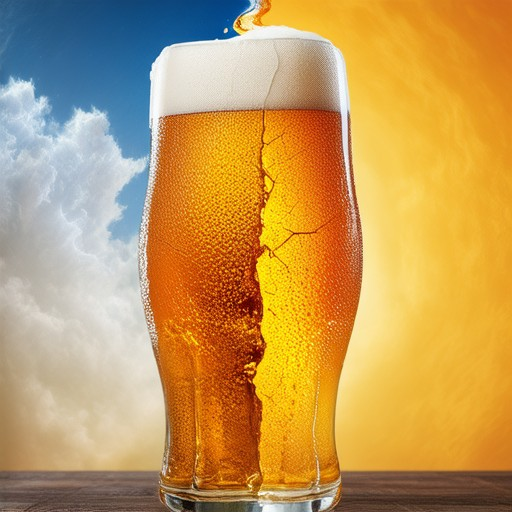
Beer Syndrome
Beer syndrome, also known as auto-brewery syndrome, is a condition characterized by the production of ethanol in the body due to fermentation processes occurring in the digestive system, oral cavity, or urinary tract. This phenomenon occurs when microorganisms in these areas ferment sugars found in certain foods or drinks, particularly those high in sugar content.
Causes
The primary cause of beer syndrome is the presence of sugar-rich substances that can be fermented by gut bacteria or other microorganisms. Common triggers include:
- Sugary beverages like beer, wine, or sugary sodas
- Foods rich in simple carbohydrates, such as bread, fruits, or honey
- Some medications, such as antacids containing alcohol
Symptoms
Individuals affected by beer syndrome may experience a range of symptoms, including:
- Headache or discomfort in the abdominal area
- Nausea or vomiting
- Dizziness or imbalance
- Short-term memory loss or confusion
- Flushed skin or facial redness
Diagnosis and Treatment
Beer syndrome is typically diagnosed based on a patient’s history of consuming sugar-rich foods or beverages and the presence of characteristic symptoms. Treatment usually involves:
- Avoiding consumption of triggering foods or beverages
- Drinking water to dilute the ethanol concentration
- Seeking medical advice if symptoms persist or worsen
Key Points
Beer syndrome is often confused with alcohol intoxication, but it differs in that the ethanol is produced internally rather than from external sources. It is important to recognize the condition early to prevent complications and seek appropriate care when necessary.
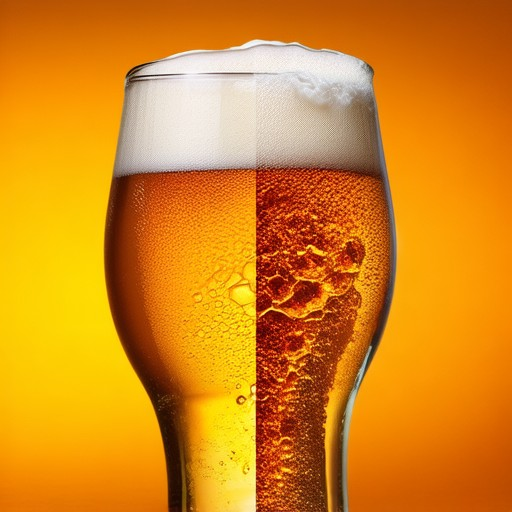
How Unhealthy Is a Beer?
A beer’s health impact varies depending on factors like frequency, personal health, and overall lifestyle. Here’s a breakdown:
- Immediate Effects: Drinking beer can lead to dehydration, mild intoxication, and potential hangovers, especially if consumed rapidly or on an empty stomach.
- Long-Term Concerns: Regular consumption can increase the risk of liver disease, heart issues, and certain types of cancer, such as breast and colon cancer, according to health experts.
- Calorie Content: A standard beer contains around 150 calories, primarily from carbohydrates. Excessive consumption can contribute to weight gain.
- Alcohol Dependence: Chronic use can lead to addiction, affecting mental health and daily functioning.
For more details on beer’s nutritional profile and health implications, explore our Craft Beer Health Considerations section.
Will 6 beers a day cause liver damage?
Consuming 6 beers per day can potentially lead to liver damage, particularly if consumed regularly and in excess. Here’s a breakdown of the potential risks:
- Risk of Liver Damage: Excessive alcohol consumption, including 6 beers daily, can strain the liver’s detoxification capabilities. Chronic overconsumption can lead to conditions like fatty liver disease and cirrhosis.
- Liver Enzymes: Regular heavy drinking can elevate liver enzymes (ALT, AST), indicating liver stress or damage.
- Fatty Liver Accumulation: Alcohol promotes fat buildup in the liver, contributing to its dysfunctionality.
- Inflammation and Fibrosis: Long-term heavy drinking triggers inflammation and fibrosis, which can eventually lead to cirrhosis.
Factors Influencing Risk:
- Individual Tolerance: Some individuals have lower tolerance levels due to genetics or existing health conditions.
- Weight and Diet: Poor diet and obesity can amplify liver damage risk.
- Underlying Health Issues: Those with pre-existing liver disease or hepatitis are at higher risk.
Preventive Measures:
- Avoid excessive alcohol intake to stay within recommended limits.
- Maintain a balanced diet rich in fruits and vegetables to support liver function.
- Consider non-alcoholic beverages during periods of abstinence.
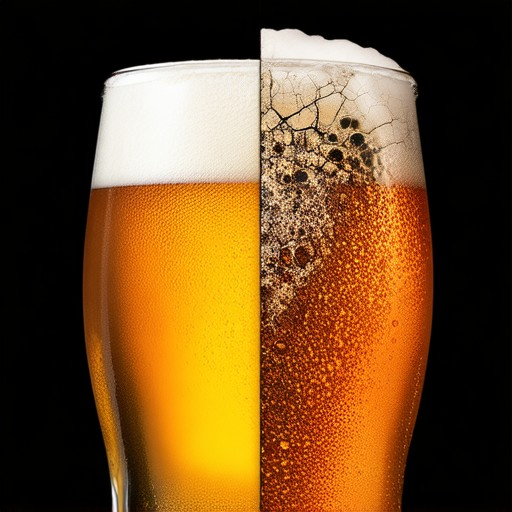
Is 3 Beers a Day Considered Alcoholism?
The term “alcoholism” refers to a condition characterized by a pattern of alcohol consumption that leads to significant problems in one’s life, affecting health, relationships, and social responsibilities. While 3 beers per day may not immediately qualify as alcoholism, it is important to understand the potential implications of regular alcohol consumption.
For most adults, the general guideline for moderate alcohol consumption is up to 1 drink per day for women and 2 drinks per day for men , according to the National Institute on Alcohol Abuse and Alcoholism (NIAAA). Exceeding these limits can increase the risk of developing alcohol-related health issues, such as liver disease, heart problems, and mental health challenges like anxiety or depression.
However, there are factors beyond the number of drinks that influence whether someone might develop alcoholism. These include:
- Purpose and Context: Drinking to cope with stress, to celebrate special occasions, or as part of social activities can increase the likelihood of developing a dependence on alcohol.
- Frequency and Timing: Consistent daily consumption, especially at certain times of the day, can lead to reliance on alcohol as a coping mechanism.
- Individual Differences: Some people may be more genetically predisposed to alcoholism due to variations in genes that affect alcohol metabolism and tolerance.
If you find yourself drinking 3 beers daily and it starts to interfere with your daily life, work, school, or relationships, it is advisable to seek professional advice from a healthcare provider or a counselor. Early intervention can help prevent the progression toward alcoholism and promote healthier lifestyle choices.
What Steps Can You Take if You’re Concerned About Your Alcohol Consumption?
- Set Limits: Stick to the recommended moderate drinking guidelines to reduce your risk.
- Stay Hydrated: Drink water between alcoholic beverages to slow your drinking pace.
- Evaluate Your Motives: Reflect on why you drink and consider healthier alternatives for stress relief or socializing.
- Seek Support: Join support groups or consult a healthcare professional if you feel your drinking is becoming problematic.
By being mindful of your alcohol consumption and taking proactive steps, you can enjoy social drinking responsibly while minimizing the risk of developing alcohol-related issues.

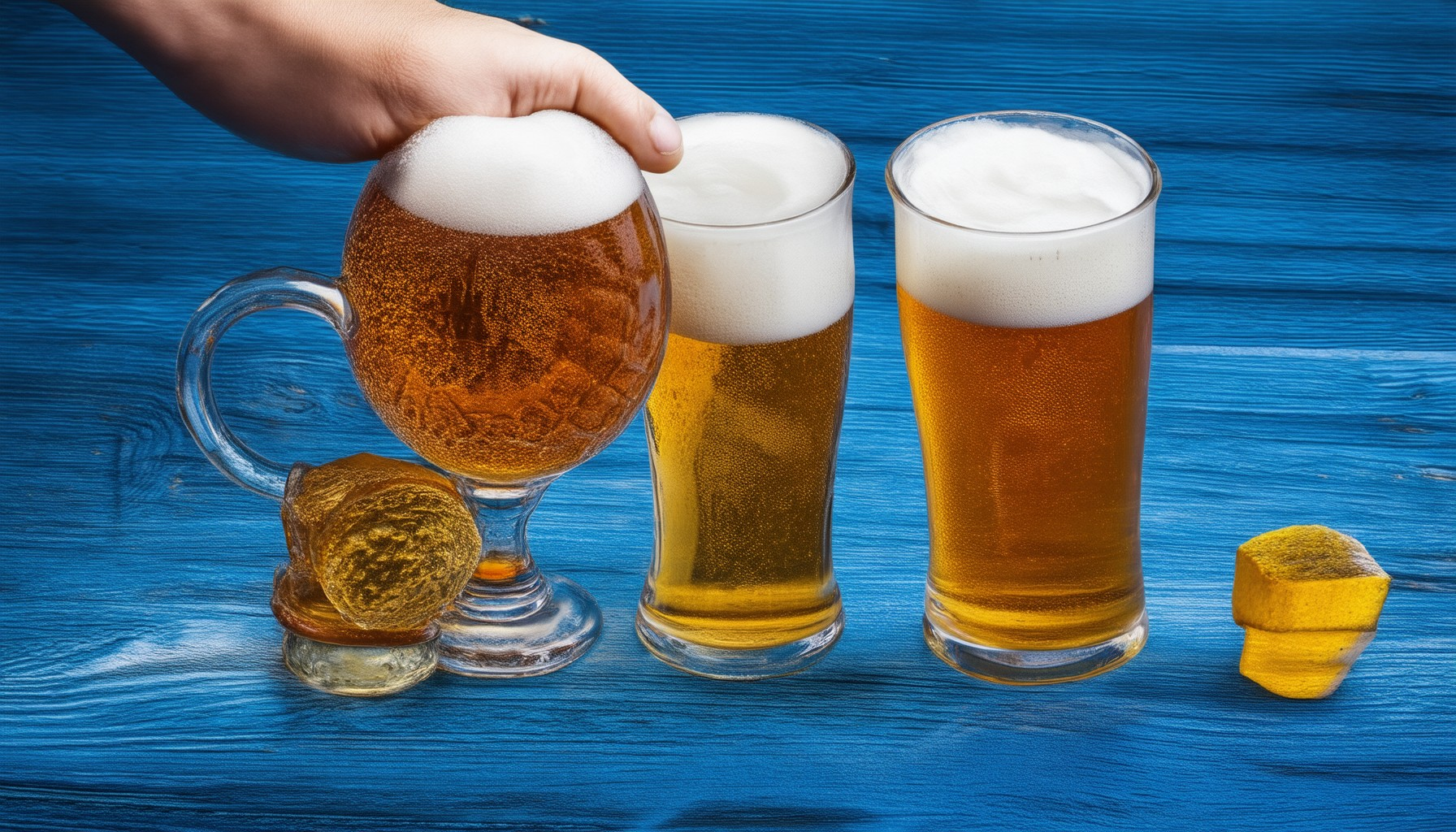


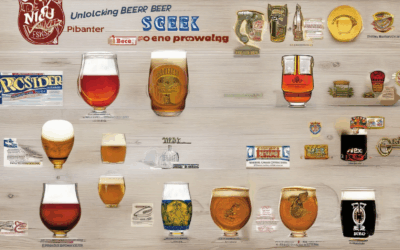
0 Comments